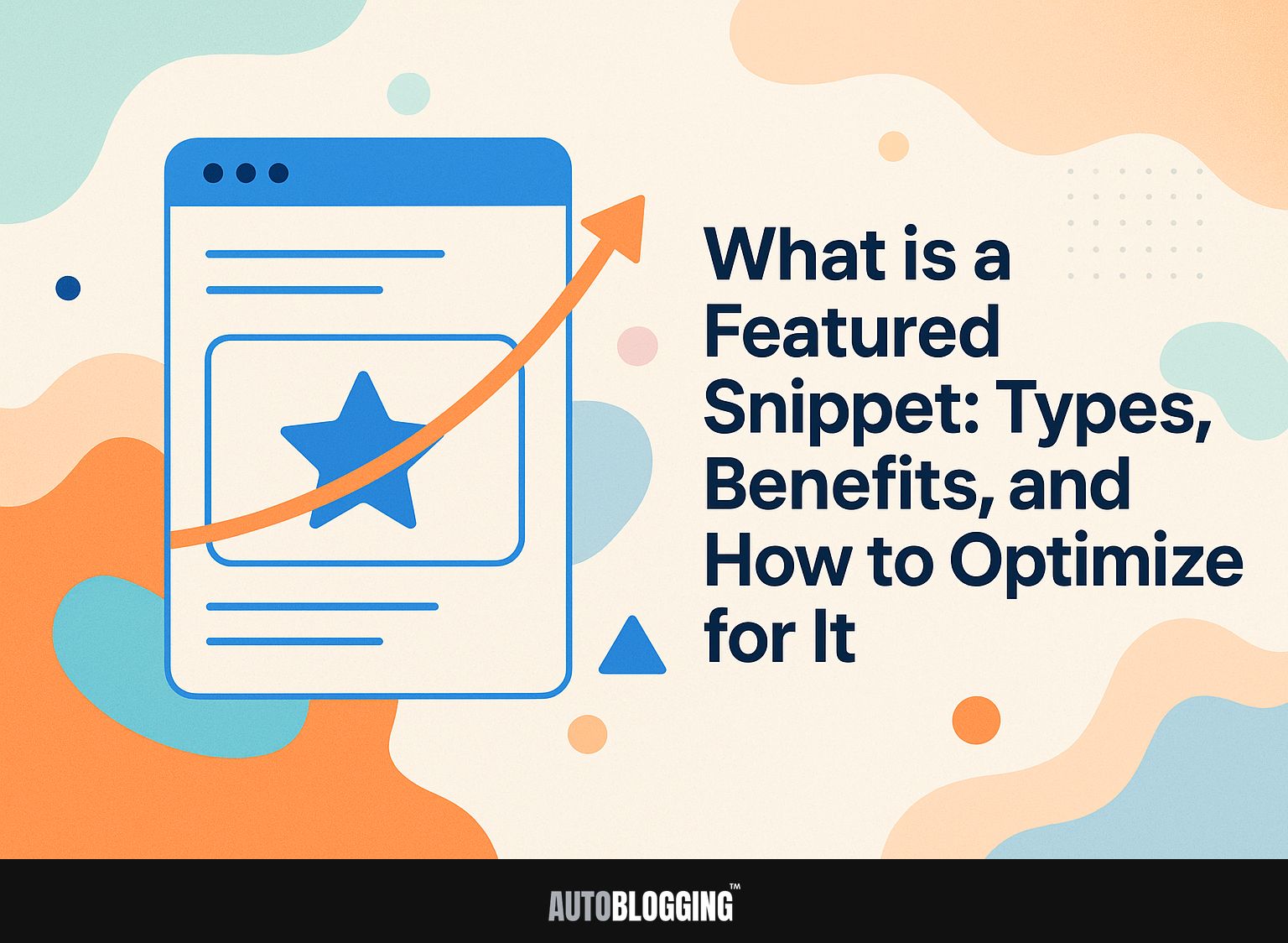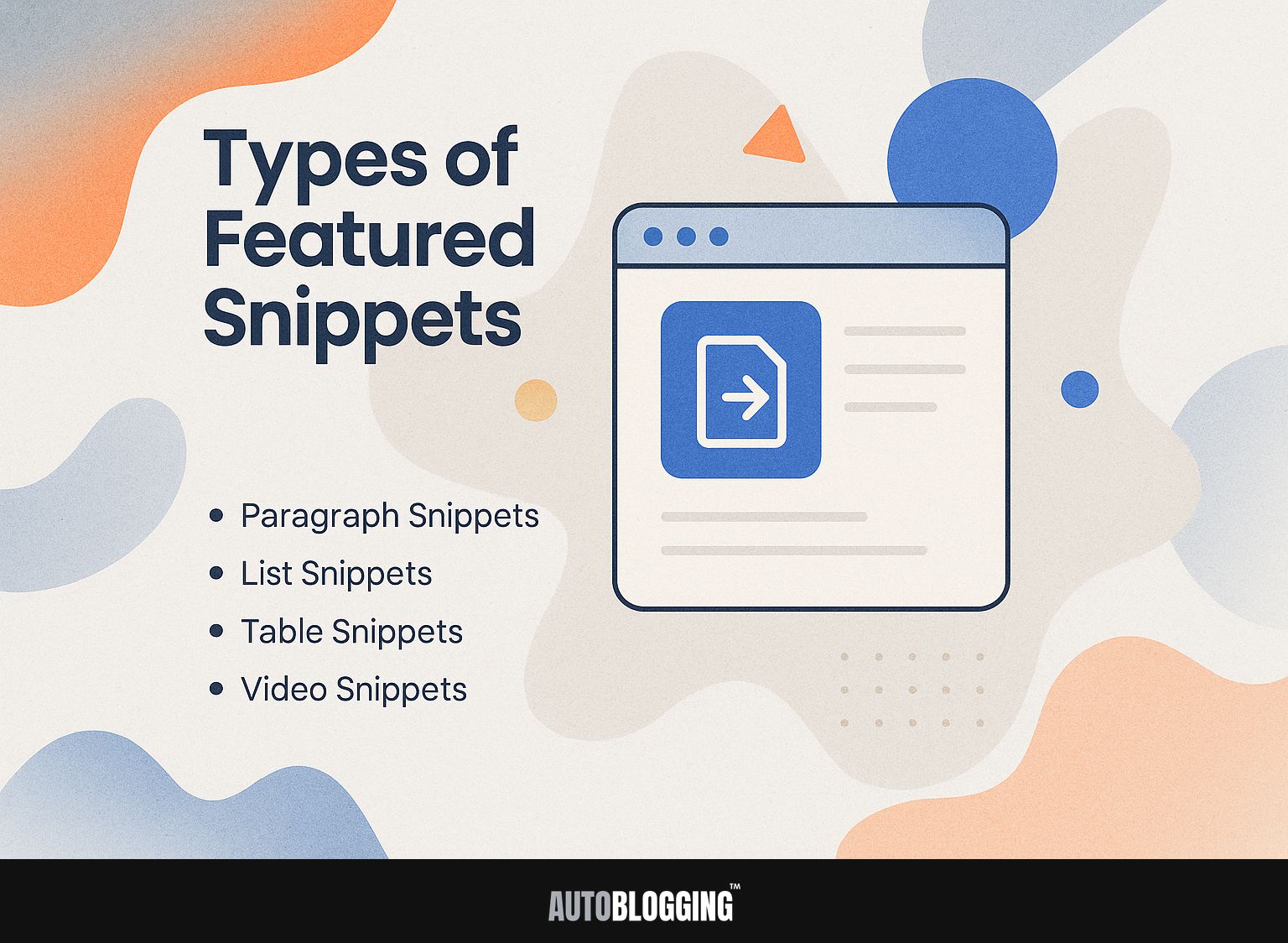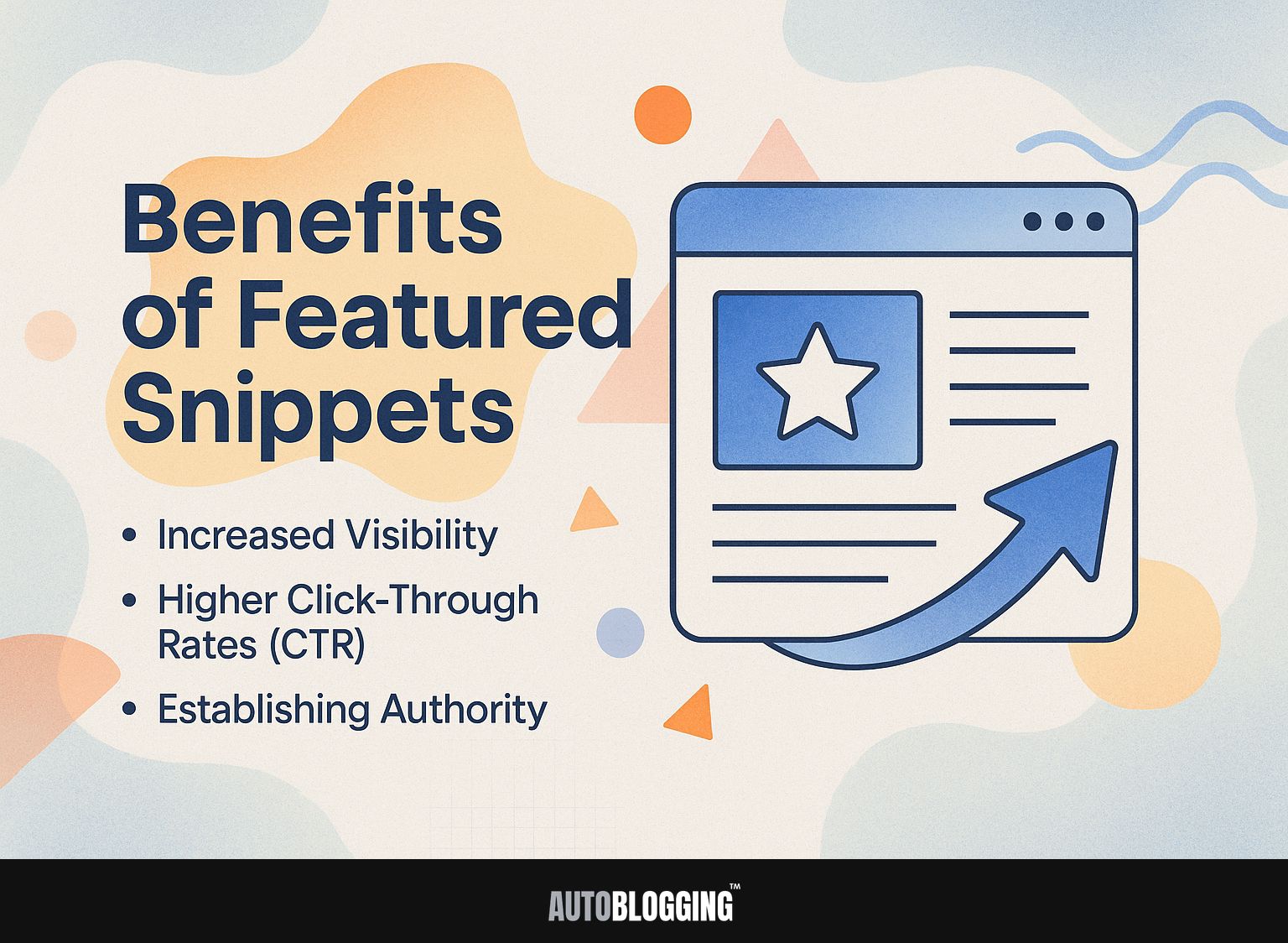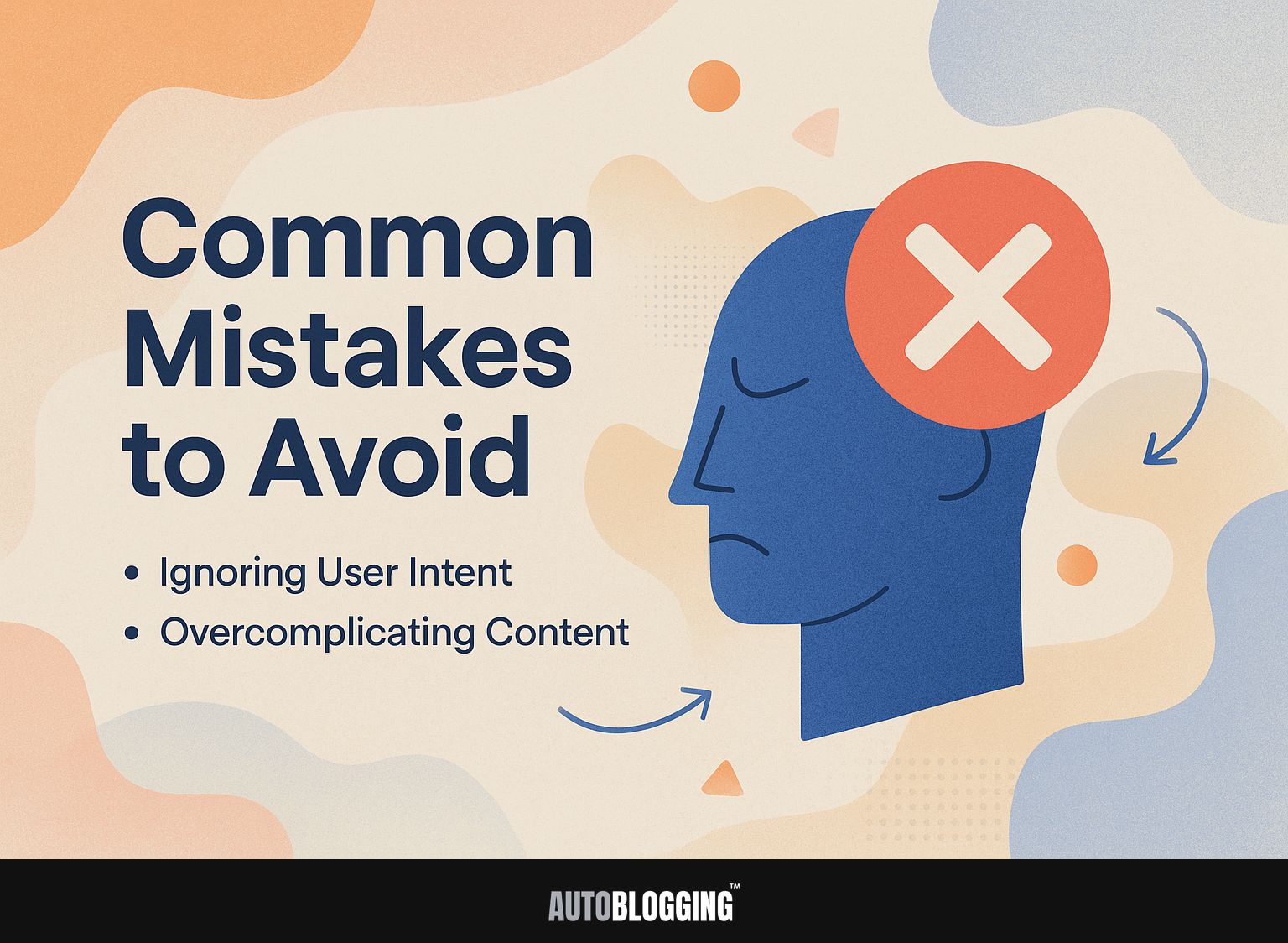
Want to increase your visibility in Google search results? Featured snippets are your answer! These effective tools provide direct answers to user questions, making your content highly attractive to people searching. In this article, we will look at the various kinds of featured snippets, their advantages, and how to improve your content to suit them. With advice from experts like Promodo and Alexa, you’ll find out how to improve your online presence and bring more visitors to your site.
Key Takeaways:
- Featured snippets are important in search engine results pages (SERPs) as they provide users with quick and relevant answers to their queries.
- There are four types of featured snippets including paragraph, list, table, and video snippets, each with unique display formats.
- Focusing on featured snippets can help your content be seen more, get more clicks, and build a strong reputation in your field.
Contents
- Types of Featured Snippets
- Benefits of Featured Snippets
- How to Optimize for Featured Snippets
- Tools and Techniques for Optimization
- Common Mistakes to Avoid
- Frequently Asked Questions
- 1. What is a Featured Snippet and why is it important?
- 2. What are the different types of Featured Snippets?
- 3. What are the benefits of having a Featured Snippet?
- 4. How can I adjust my content to show up as a Featured Snippet?
- 5. Are there any specific guidelines or rules to follow for Featured Snippets?
- 6. Can any website appear as a Featured Snippet?
1. Definition of Featured Snippets
A featured snippet is a concise answer displayed at the top of Google’s search results, extracted from a webpage that provides structured content. These snippets answer user questions directly, improving the search experience.
There are several types, including:
- Paragraph snippets offering text explanations,
- List snippets presenting items or steps, and
- Table snippets that organize data for quick comparison.
To improve your content for featured snippets, use clear headings, organize your data, and put important answers in the first paragraph.
Tools like SEMrush can help identify keywords driving traffic, enabling you to tailor your content specifically for snippet extraction.
2. Importance in Search Engine Results Pages (SERPs)
Featured snippets are important in search engine results pages (SERPs) because they help sites appear more prominently, often leading to higher click-through rates (CTR) for those websites.
Research indicates that featured snippets can increase click-through rates by up to 30%. To make the most of this, concentrate on improving your content to answer frequent questions in your field.
Use tools like SEMrush or Ahrefs to identify keywords that trigger snippets and adjust your content accordingly.
Structure your answers in clear, concise formats such as bullet points or tables. Regularly update your content to maintain relevance, increasing the chances of reappearing as a featured snippet and driving ongoing traffic.
Types of Featured Snippets
Knowing the different types of featured snippets is key for improving content to win these top search positions. For an extensive analysis of this trend, our comprehensive study of AI’s impact on SEO trends examines how AI is transforming the landscape, providing valuable insights into optimizing for these snippets.

1. Paragraph Snippets
Paragraph snippets display a summary or answer, usually in text format, directly sourced from a webpage, providing users with quick information. To improve your content for paragraph snippets, give clear and brief answers to typical user questions.
Use ways like bolding important words to highlight main points, and use short sentences for easy reading. Start by answering specific questions directly, providing important details.
For example, if covering ‘how to change a tire,’ start with a brief overview of tools needed-like a jack and lug wrench-followed by succinct steps. This method increases the likelihood of your content being featured as a snippet.
2. List Snippets
List snippets present information using bullets or numbers, which is perfect for ‘how-to’ questions and instructions.
To effectively structure content with list snippets, start by clearly defining the topic and objectives. Use headings to introduce each section, followed by concise bullet points that summarize key information.
For example, when outlining steps for a project, use action phrases like:
- Gather materials
- Calculate budget
This makes it easier to read and helps readers quickly find important details. Tools like Google Docs or Notion can help you organize these lists, ensuring they remain clear and visually appealing.
3. Table Snippets
Table snippets show data in an organized way, which makes them very useful for comparing information and getting specific details.
To improve content with tables, use HTML elements such as <table>, <tr>, and <td> for well-structured data.
For instance, if comparing different content management systems, include attributes like pricing, features, and user ratings. Ensure clarity by using headers <th> to label each column clearly.
Keep the table concise-aim for 3 to 5 rows to avoid overwhelming readers. Writing in a clear and uniform style improves readability, allowing people to understand detailed information more easily and making it easier for everyone to access.
4. Video Snippets
Video snippets feature short clips that directly answer user queries, appealing to the growing demand for visual content in search results.
To improve your video content for snippets, use these three main strategies:
- Begin by ensuring your video titles and descriptions include key terms that align with what people are looking for. This increases discoverability.
- Second, use engaging and visually appealing thumbnails to attract attention; tools like Canva can help create eye-catching designs.
- Improve your video’s metadata by including structured data markup. This helps search engines grasp your content more clearly and increases the likelihood of it appearing as a snippet.
Benefits of Featured Snippets
Featured snippets help increase visibility and bring more visitors to websites through unpaid search results.

1. Increased Visibility
Securing a featured snippet can increase your visibility substantially, with studies showing a 30% increase in organic traffic for sites that achieve this status.
To target featured snippets effectively, focus on structuring content for questions commonly asked in your niche. Use Header tags (H1, H2) to emphasize questions and succinctly answer them in the first paragraph.
Tools like AnswerThePublic and SEMrush can help identify frequently searched questions. Using
- bullet points
- or numbered lists
in your answers can improve clarity, helping Google select your content as a snippet.
Regularly monitor your rankings through Google Search Console to adjust your strategy based on performance.
2. Higher Click-Through Rates (CTR)
Pages with featured snippets typically enjoy click-through rates that are 2-3 times higher than those without, underscoring their importance in SEO strategy.
To make use of featured snippets, concentrate on using organized information and make your content clear. Begin by identifying common questions in your niche using tools like AnswerThePublic or Google’s ‘People Also Ask’ section.
Organize your content to answer these questions clearly, using
- bullet points
- or numbered lists when suitable.
Using specific keywords in headers (H1, H2) can increase the likelihood of being chosen for a featured snippet. Regularly monitor your ranking and adjust content based on analytics to maximize visibility.
3. Establishing Authority
Getting included in snippets increases traffic and shows your brand as a leader in your field, building trust with users.
To improve your chances of appearing in featured snippets, focus on creating clear, concise answers to commonly asked questions in your industry.
Use tools like AnswerThePublic for topic ideas and SEMrush to analyze competitor snippets. Using bullet points, headers, and simple layouts makes your content easier to read and suitable for quick summaries.
Optimize for long-tail keywords. For instance, if you sell organic skincare, target questions like “What are the benefits of organic cleanser?” thereby positioning your brand as the go-to source.
How to Optimize for Featured Snippets
Getting featured snippets requires choosing the right keywords and organizing content to satisfy what users are looking for. This approach aligns with the principles outlined in our analysis of the evolving search landscape, such as the rise of artificial intelligence and other technological advancements, as discussed in navigating the AI revolution in SEO.
1. Identifying Target Keywords
Start by identifying long-tail keywords that closely align with user queries, using tools like Ahrefs or SEMrush for competitive research.
Once you have your long-tail keywords, analyze your competitors’ featured snippets by searching those keywords and noting which pages appear.
Examine the content structure, the questions they answer, and the format they use (e.g., lists, paragraphs). This analysis improves your method, helping you create content that fills in missing information or improves current responses.
Tools like AnswerThePublic can show frequent questions people have about your keywords, giving you a better idea of what users want.
2. Structuring Content Effectively
Effective content structuring involves using headers, bullet points, and concise paragraphs to improve readability and snippet eligibility.
Incorporating HTML tags such as for titles and for subheadings improves clarity and highlights important information for search engines.
Utilizing schema markup, like FAQPage schema for common questions, helps Google understand context better and increases the chances of rich snippets. Dividing detailed information into bullet points helps readers understand key points fast.
For instance, highlighting important statistics using tags emphasize key details, making your content clear and suitable for summaries.
3. Using Clear and Concise Language
Using clear and concise language in your content increases the chances of being selected for featured snippets, as it directly addresses user queries.
To improve your chances of being chosen for a snippet, concentrate on directly answering particular questions. Apply structured data, such as FAQ schema, to help search engines grasp your content.
Place keywords in a way that feels normal and relates to what people might search for. For instance, if your article discusses ‘best coffee makers,’ include a short comparison of top models directly in the text.
Tools like SEMrush can help identify relevant keywords, while Google’s Search Console lets you track your content’s performance in snippet results. Focus on being short, clear, and useful to increase visibility.
4. Utilizing Lists and Tables
Adding lists and tables to your writing can make it more likely to appear at the top of Google search results, as Google likes these styles.
To effectively use lists, focus on clarity and relevance. For instance, a step-by-step guide on keyword research can include:
- Identify core topics relevant to your audience.
- Use tools like Google Keyword Planner or Ubersuggest to find related keywords.
- Study competitors’ keywords for more information.
- Prioritize keywords based on search volume and intent.
This structured approach improves your content’s effectiveness and increases SEO rankings, helping search engines recognize its value.
5. Answering Common Questions
Answering frequently asked questions in your content is a great way to get featured snippets, since Google often looks to answer such queries.
To effectively compile a FAQ section, begin by researching popular queries related to your niche using tools like AnswerThePublic or Google Trends.
Organize the questions into categories for clarity, such as “Product Usage” or “Troubleshooting Tips.” Each answer should be concise, ideally between 40 and 60 words, directly addressing the question at hand.
Putting structured data markup on your site can help it stand out in search results. Regularly update your FAQ with new questions to stay relevant.
Tools and Techniques for Optimization
Using the right tools and methods is key for improving content to effectively capture featured snippets. One technique involves mastering heading tags, which play a significant role in content structure and SEO. Related insight: What are Heading Tags (H1-H6): Best Practices and SEO Impact

1. SEO Tools for Snippet Analysis
Tools like Moz and SEMrush give useful information about featured snippets, allowing you to examine competitors and improve your content approach.
Moz lets you monitor your keyword positions and see how your content stacks up against your competitors’. Use the Keyword Explorer tool to identify good keywords and view the leading search results for those terms.
Meanwhile, SEMrush offers a Snippet Report, which highlights keywords that trigger featured snippets and provides content gap analysis. Use these features to regularly check your content against competitors, focusing on improving your writing and layout to potentially earn those helpful snippets.
2. Competitor Analysis
Studying your competitors helps you find out which keywords are getting featured snippets, so you can change your approach as needed.
Start by using tools like SEMrush or Ahrefs to identify your competitors’ top-performing keywords. Focus on tracking metrics such as search volume, keyword difficulty, and the number of backlinks.
Analyze the snippets they rank for by noting the format (list, paragraph, etc.) and their content structure. Next, create content that focuses on the same keywords but provides more useful details, like more thorough explanations or the latest information.
Look at these metrics often to improve your strategy and maintain your lead in search rankings.
Common Mistakes to Avoid
Avoiding common mistakes in featured snippet optimization is important for improving your chances of success in search rankings. Understanding the role of internal links can also be quite beneficial in this context.
For instance, internal links not only help search engines understand the relationship between your pages but also enhance user navigation and engagement, which could indirectly improve your featured snippet performance.

1. Ignoring User Intent
Failing to align content with user intent can lead to missed opportunities for featured snippets, as Google prioritizes answers that directly address queries.
To effectively align your content with user intent, start by researching common queries related to your topic. Use tools like AnswerThePublic or Google Search Console to identify the specific questions users are asking. Focus on creating content that answers these questions clearly and directly.
For example, if people often look for ‘how to bake a cake quickly,’ make sure your article provides clear step-by-step instructions and points out important tips, like using ingredients that are at room temperature to save time. This specific method can greatly improve your chances of getting a featured snippet.
2. Overcomplicating Content
Overly complicated content can hinder your chances of appearing in featured snippets, as simplicity and clarity are key factors for Google’s algorithms.
To improve the likelihood of your content being highlighted, use clear language and short sentences. Aim for an average of 15-20 words per sentence to maintain reader engagement.
Use tools like Hemingway Editor to make text simpler and easy to read. Break down complex ideas using bullet points where appropriate. For example, when discussing a process, highlight key steps clearly for quick comprehension.
Regularly reviewing and revising your content for clarity can significantly improve visibility and user experience.
Frequently Asked Questions
1. What is a Featured Snippet and why is it important?
A Featured Snippet is a summary of information that appears at the top of Google’s search results in a special box. It is important because it can increase your website’s visibility and drive more traffic to your site.
2. What are the different types of Featured Snippets?
There are three main types of Featured Snippets: Paragraph, List, and Table. Paragraph snippets provide a brief answer to a question, List snippets provide a bulleted list of steps or items, and Table snippets display information in a table format.
3. What are the benefits of having a Featured Snippet?
Having a Featured Snippet can significantly increase your website’s visibility and credibility. It can also drive more traffic to your site and help establish your brand as an authority in your industry.
4. How can I adjust my content to show up as a Featured Snippet?
To make your content appear in Featured Snippets, focus on providing clear and concise answers to common questions. Use headings and subheadings to break up your content and include relevant keywords in your headings and content.
5. Are there any specific guidelines or rules to follow for Featured Snippets?
While there are no specific guidelines or rules for Featured Snippets, Google does recommend using structured data, including HTML tables and lists, to help increase the chances of your content being featured.
6. Can any website appear as a Featured Snippet?
Yes, any website can appear as a Featured Snippet as long as their content is relevant, well-structured, and provides a clear and concise answer to a commonly asked question.
